The Impact of Inspection Scopes
Manufacturing downtime is any time the manufacturing process is stopped, which can be very expensive and time-consuming. To solve this, manufacturers use inspection tools such as borescopes and video scopes. These scopes allow technicians to inspect inaccessible areas and identify potential defects to prevent equipment failures
In the following article, we will discuss how they help to reduce the amount of time equipment is offline for maintenance.
Role of Inspection Scopes in Manufacturing
Inspection scopes, such as borescopes, video scopes, and endoscopes, are specifically designed to examine internal components of the machinery that are hard to access. These devices offer detailed visual access to tight spaces within the equipment, enabling the identification of cracks or other defects before they cause failures.
Technological advancements have significantly enhanced the effectiveness of inspection scopes. Modern scopes feature high-resolution imaging, articulating tips for better manoeuvrability, and digital zoom capabilities. Many also allow for recording and storing inspection footage, making documenting and tracking issues easier over time. Additionally, these scopes are increasingly integrated with digital systems and automation tools, enabling real-time data analysis and faster defect detection.
Cost-Benefit of Using Inspection Scopes
-
Reduction in Maintenance Costs
Regular use of inspection scopes can significantly cut manufacturing maintenance costs. By catching issues early, manufacturers can plan maintenance during scheduled downtimes, saving on emergency repairs, lost production, and penalties due to unexpected equipment failures.
-
Improved Equipment Longevity
Regular inspections with inspection scopes also extend the life of manufacturing equipment. Identifying wear and tear early can fix minor issues before they cause significant damage. This helps machines run better and last longer, so you don't have to spend money on replacing them as often. The financial benefits are clear: well-maintained equipment has fewer breakdowns, requires fewer repairs, and delivers a better return on investment over time.
Example of Downtime Due to Broken Equipment and Its Costs
For example, a busy automotive manufacturing plant is running at total capacity, producing 100 parts per hour, each valued at $50. Suddenly, the spindle bearing in one of the critical CNC machines fails unexpectedly. This causes the machine to go down, resulting in an immediate halt in production.
Over the next 24 hours, while the bearing is replaced, the plant cannot produce any parts, leading to a loss of $120,000 in revenue. The repair itself is costly: the replacement bearing costs $2,000, labour for the repair amounts to $600, and expedited shipping for the part adds another $500.
If this needed to be more, the downtime caused the plant to miss a crucial delivery deadline, resulting in a $5,000 penalty. Furthermore, a key customer now worried about the plant's reliability cancels a $20,000 order.
By the time the CNC machine is back up and running, the total cost of this unexpected failure will be $148,100, including lost revenue, repair costs, penalties, and lost business.
Implementation Strategies for Inspection Scopes
Selecting the Right Inspection Scope
Remember to select the appropriate inspection scope for optimal use. Take the following into consideration:
- Scope Size: Ensure the scope fits the areas you need to inspect. Smaller, flexible scopes are ideal for tight spaces, while larger scopes work better for broader areas.
- Resolution: Choose high-resolution scopes to detect little details like cracks or wear.
- Flexibility: Scopes with articulating tips or flexible cables offer better movement in complex machinery.
Training and Best Practices
Getting proper training is crucial for getting the most out of inspection scopes. Operators should be trained on:
- Device Operation: Understanding how to use the scope effectively, including focusing, navigating components, and interpreting images.
- Inspection Techniques: Learning the best practices for inspecting different equipment types and identifying potential issues.
- Routine Integration: Establish a regular inspection schedule aligned with maintenance routines to catch problems early.
Integration with Other Technologies
Inspection scopes are more powerful when integrated with other tools and technologies:
- IoT Integration: IoT-enabled scopes provide real-time data, for immediate analysis and faster decision-making.
- AI for Predictive Maintenance: AI can analyse inspection data to predict potential failures.
In summary, inspection scopes are valuable tools for reducing manufacturing downtime, lowering maintenance costs, and extending equipment life. Implementing these tools effectively can lead to significant cost savings and improved operational efficiency.
Get the Best Deals on Inspection Scopes Now!
Visit IndustrySearch to connect with top suppliers and receive competitive quotes tailored to your needs. Don’t miss out—ensure your inspection equipment meets the highest standards. Get Quotes for Borescope & Inspection Cameras!
FAQ:
Q: How do inspection scopes help reduce manufacturing downtime?
A: Inspection scopes allow for early detection of issues within machinery, enabling planned maintenance during scheduled downtimes. This proactive approach prevents unexpected equipment failures, which can lead to costly downtime, repairs, and lost production.
Q: What factors should I consider when selecting an inspection scope?
A: Consider the size of the areas you must inspect, the resolution required to detect fine details, and the flexibility needed to manoeuvre the scope within complex machinery. Selecting the proper scope ensures adequate inspections and better maintenance outcomes.
Q: Can inspection scopes prevent costly downtime?
A: Inspection scopes can prevent unplanned downtime by identifying potential issues before they lead to equipment failures, which is often far more expensive than planned maintenance. Regular inspections with these tools help maintain continuous production and reduce the risk of unexpected disruptions.

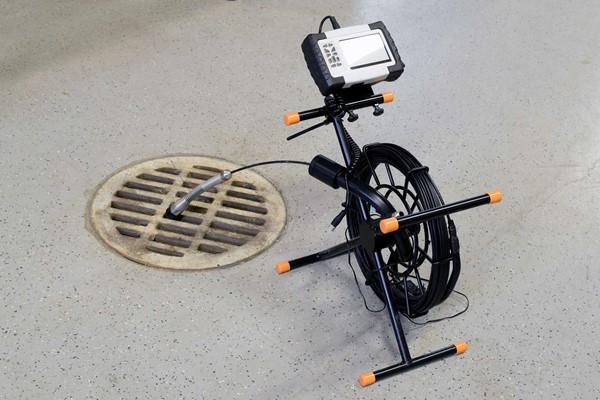
-160x160-state_article-rel-cat.png)
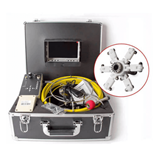
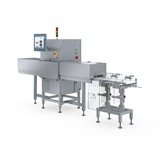



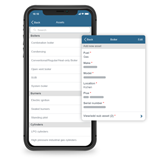




-160x160-state_article-rel-cat.png)



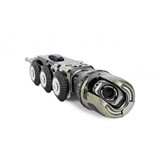



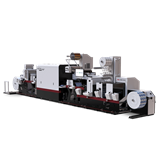
-205x205.jpeg)
-205x205.jpeg)